When it comes to music, anyone who’s known me for any period of time knows my love for terrestrial radio, 80s music and my stance on (real) one-hit wonders. Being a singles chart nerd here in America for 40 years (most of my life), I classify a (real) one-hit wonder as an act who has reached the BILLBOARD Hot 100 only once. Throughout the three-and-a-half year history of this blog, I’ve often featured (real) one-hit wonders of the 80s, and I’ll feature another one soon. There were nearly 500 of them; it will take awhile.
But, as much as I’ve loved radio for the past 40 years, there are aspects of radio I’ve never cared for. As outlined in one of my very first blog posts back in 2016 (“wouldn’t it be good,” after the 1984 song by (real) one-hit wonder, Nik Kershaw, https://foreveryoung80s.wordpress.com/2016/02/02/wouldnt-it-be-good/), I hit upon this very subject of radio stations and media outlets like VH1 “determining” what songs are worth remembering, and what songs get left behind, despite any imprint the songs that got left behind may have had on the singles chart. 
10 years ago, VH1 did a bullshit show on the “Greatest One-Hit Wonders Of The 80s,” and if memory serves me right, nearly 75% of the list was inaccurate. In response to this list, I put together a show called “Why I Wasn’t A One-Hit Wonder” on my STUCK IN THE 80s radio program.
Not long after my “Why I Wasn’t A One-Hit Wonder” program aired in October 2009, I had the honor of interviewing the voice of The English Beat and General Public, Dave Wakeling (whose hit 1993 cover of The Staples Singers’ “I’ll Take You There” appeared on the show), we talked about this very topic, and I asked Dave if it bothered him that General Public, according to VH1, was referred to as a one-hit wonder (General Public was ranked No. 77 on VH1’s list, because of “Tenderness”):
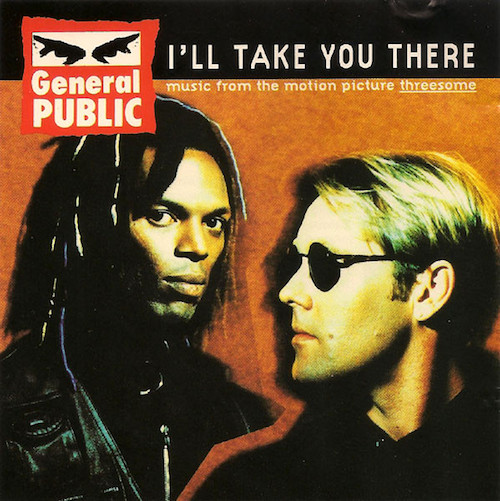
“[VH1] asked me to be involved in that, and I sent them a list of [our] hits, and I was like, ‘Sadly, we can’t be involved in a one-hit wonder [show], can we?’ So, I told him that I thought they were barking up the wrong tree, and beating a dead horse, and it seems to be something, I think it stems more from VH1 than anything else, to try and marginalize or even ridicule the 80s somehow, and most of the people working on those damn programs weren’t even there; with their young sarcastic tones. I put the guy in his place, frankly. And, I said, ‘Even if I was a one-hit wonder, it’d be one more than you, mate, wouldn’t it?!’ Or, as my dad used to say, ‘Better to have been a has been than a never-bleeding wozzer!’”
My god, I love sharing that story. It’s fucking beautiful, and it’s nice to know there are artists like Dave Wakeling who appreciate similar views of what does and does not determine a (real) one-hit wonder. I imagine Barry Scott, legendary host of the long-running radio show, THE LOST 45s, would tend to agree.
Take another successful British act, Madness (on that 2009 VH1 list at No. 28, with “Our House”). Between 1979 and 2008, the Ska/Popsters hailing from the Camden Town part of London) reached the Top 40 of the U.K. singles chart 29 times with 26 songs, with 15 songs reaching the Top 10 (one of them in two different chart runs; I’ll come onto that in a bit), and one No. 1 song – “House Of Fun,” which spent two weeks at No. 1 in the Spring of 1982.

Over here in America, Madness wasn’t as popular, but still managed to hit the BILLBOARD Hot 100 three times: “Our House,” which went to No. 7 in the Summer of 1983, “It Must Be Love,” and “The Sun And The Rain,” which reached No. 72 in early 1984. In fact, “Our House” was part of a chart-setting record on the BILLBOARD Hot 100. On the chart dated July 16, 1983, British acts shattered an 18-year-old record, by placing HALF of the Top 40 songs on the Hot 100 that week (the original 1965 record was 14). And, out of those 20 songs on that July 16, 1983 chart, seven of the Top 10 songs that week were by Brits. “Our House” was No. 8. Absolutely impressive. The Second British Invasion was in full swing, and Madness was a part of that.
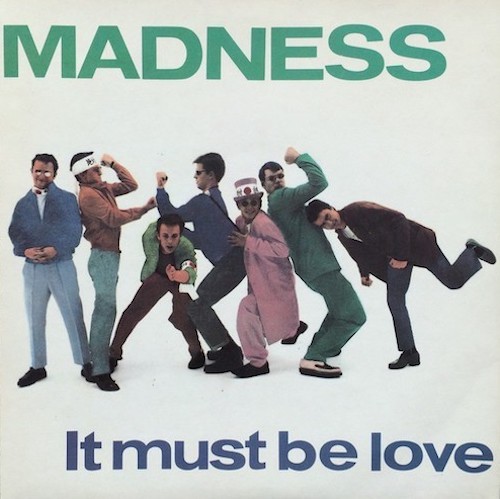
The original 1981 U.K. single release of “It Must Be Love.”
In late November 1981, Madness (then featuring seven members) released a gorgeous stand-alone single called “It Must Be Love,” which later appeared on their No. 1 U.K. compilation, COMPLETE MADNESS, in April 1982. “It Must Be Love” is actually a cover of a soulful, mainly-acoustic Pop song by British singer / songwriter / musician / poet, Labi Siffre. It reached No. 14 in the U.K. in 1971.
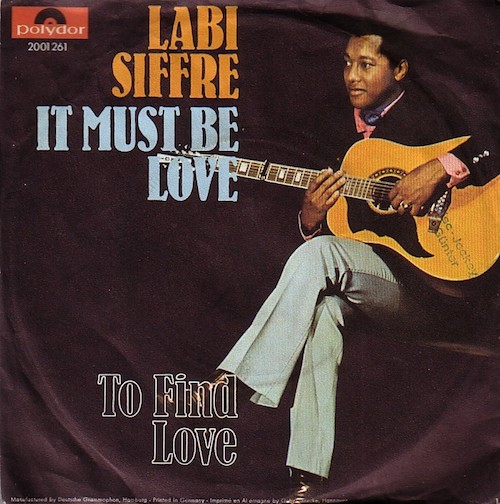
10 years after the original, the Madness version of “It Must Be Love” reached No. 4 on the U.K. singles chart, becoming their eighth-consecutive Top 10 hit there. In 1983, in an attempt to get the U.S. further interested in Madness after the No. 7 Hot 100 success of “Our House,” Geffen Records released a compilation with some of their more popular U.K. songs released from 1979 through 1982 (oddly enough, one of their most-famous songs, “One Step Beyond…” was not represented). Though the compilation was well-reviewed, had some success on the BILLBOARD album chart, and I happily bought the album, it sadly did not have the effect the band was hoping for.

However, the success of “Our House” in America did not stop the success of Madness here. While still in the Top 40 with “Our House,” “It Must Be Love” debuted on the BILLBOARD Hot 100 in late August 1983 at No. 85. About a month later, “It Must Be Love” became the second American Top 40 single by Madness. It spent five weeks in the Top 40, peaking at No. 33 for two of those weeks in October 1983. Madness would reach the Hot 100 one more time, in early 1984 with the aforementioned “The Sun And The Rain.”
Back in the U.K., Madness continued to be successful, so much so in fact that their 1992 compilation album, DIVINE MADNESS, also reached No. 1 on the U.K. album chart, and got the band back together after a six-year break. It also brought back reissues of three of their Top 10 hits, the most-successful reissue being “It Must Be Love,” which this time reached No. 6 on the U.K. singles chart 11 years after the original release hit No. 4.
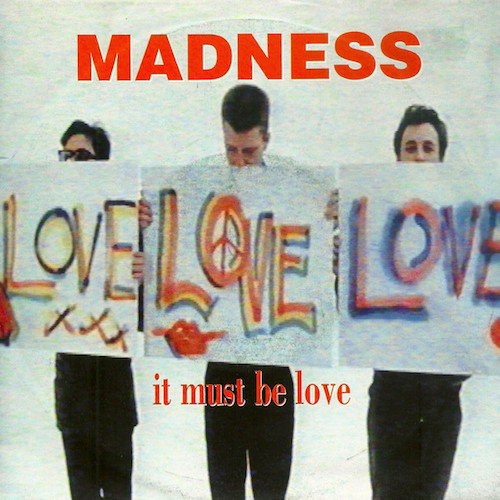
The 1992 U.K. reissue of “It Must Be Love,” featuring a still from the music video on the cover.
Formed in 1976, Madness is still together today, with their 12th studio album, CAN’T TOUCH US NOW, released in October 2016, and their most-recent compilation, 2017’s FULL HOUSE: THE VERY BEST OF MADNESS. Both albums were certified Silver in the U.K.
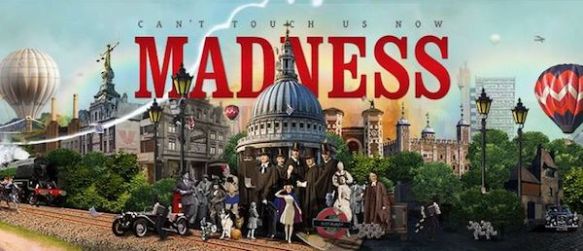
The full album cover art for 2016’s CAN’T TOUCH US NOW.
Maryhope and I have loved Madness for a long time, with “It Must Be Love” a lovely favorite we treasure. And though the last time I heard “It Must Be Love” on terrestrial radio was either on my WMPG radio show or Maryhope’s, I’d like to think that it’s being played somewhere on the dial where Madness is not regarded as an American one-hit wonder. And if there is such a place like that in America which exists besides the community radio confines of Portland, Maine, well, it must be love, right?
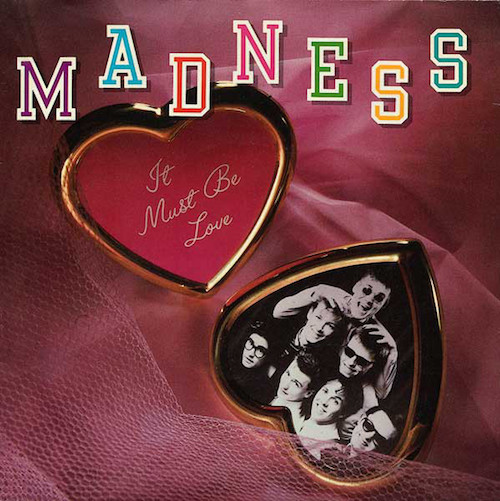
The cover art for the U.S. release of “It Must Be Love.”
“As soon as I wake up / Every night, every day / I know that it’s you I need / To take the blues away / It must be love, love, love / It must be love, love, love / Nothing more, nothing less / Love is the best…”
https://www.youtube.com/watch?v=vmezIIrFQmY
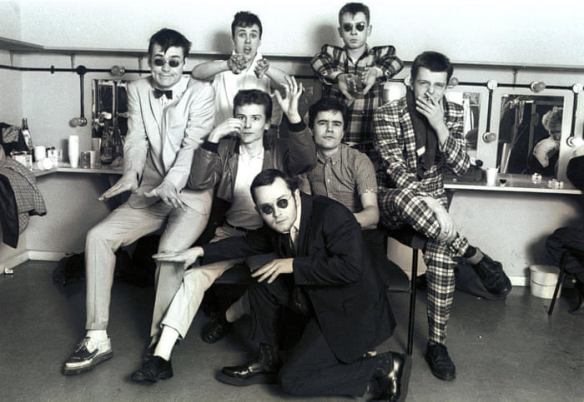
Madness, 1983.



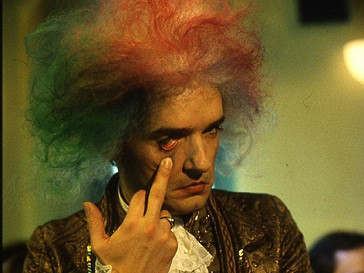






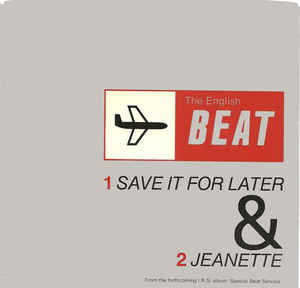
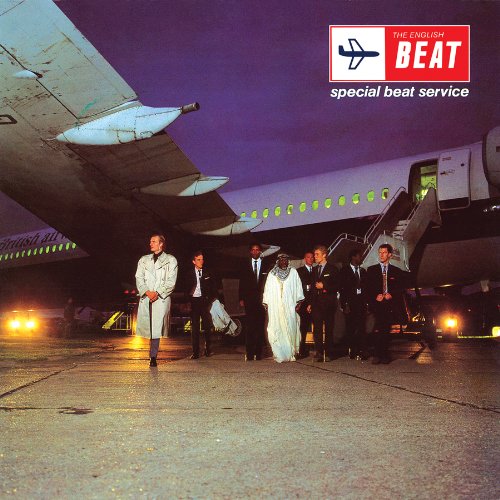



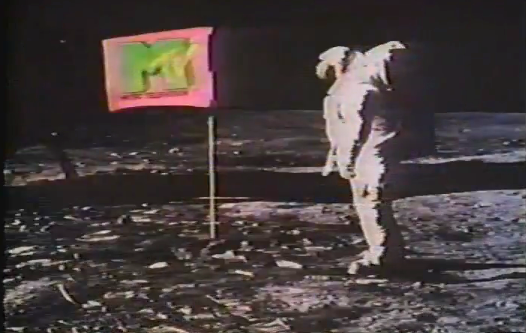






 Speaking of irony, today (8.1.2016) also marks the demise of the wonderful VH1 Classic (famous for playing great 80s videos) and the debut of MTV Classic, highlighting (mostly non-music) programming from the 90s and beyond.
Speaking of irony, today (8.1.2016) also marks the demise of the wonderful VH1 Classic (famous for playing great 80s videos) and the debut of MTV Classic, highlighting (mostly non-music) programming from the 90s and beyond.
 Over the course of the 20 years I’ve been on the air with my little 80s radio show, STUCK IN THE 80s (on WMPG-FM community radio in Portland, Maine), I’ve advocated for those many recording acts who had the one big hit in America and continue to be labeled as “one-hit wonders,” though they had more than one chart hit on the BILLBOARD Hot 100.
Over the course of the 20 years I’ve been on the air with my little 80s radio show, STUCK IN THE 80s (on WMPG-FM community radio in Portland, Maine), I’ve advocated for those many recording acts who had the one big hit in America and continue to be labeled as “one-hit wonders,” though they had more than one chart hit on the BILLBOARD Hot 100. 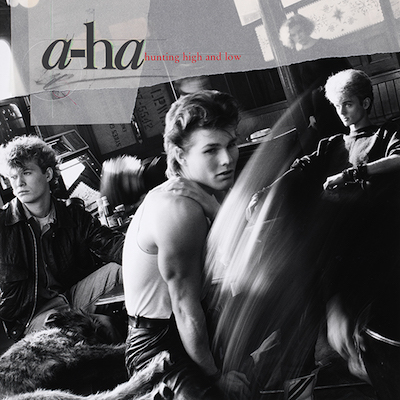

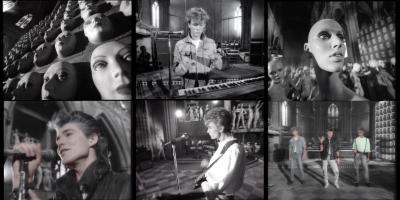



 In 2009, VH1 did a show on the “Greatest One-Hit Wonders Of The 80s,” and I responded with a show on STUCK IN THE 80s, titled “Why I Wasn’t A One-Hit Wonder,” featuring hits by artists listed above and other artists who appeared on VH1’s list like Thomas Dolby, John Waite, Devo, Frankie Goes To Hollywood, A Flock Of Seagulls and Dead Or Alive.
In 2009, VH1 did a show on the “Greatest One-Hit Wonders Of The 80s,” and I responded with a show on STUCK IN THE 80s, titled “Why I Wasn’t A One-Hit Wonder,” featuring hits by artists listed above and other artists who appeared on VH1’s list like Thomas Dolby, John Waite, Devo, Frankie Goes To Hollywood, A Flock Of Seagulls and Dead Or Alive.
 Between late 1979 and the end of 1989, there were nearly 500 (real) one-hit wonders of the 80s.
Between late 1979 and the end of 1989, there were nearly 500 (real) one-hit wonders of the 80s.